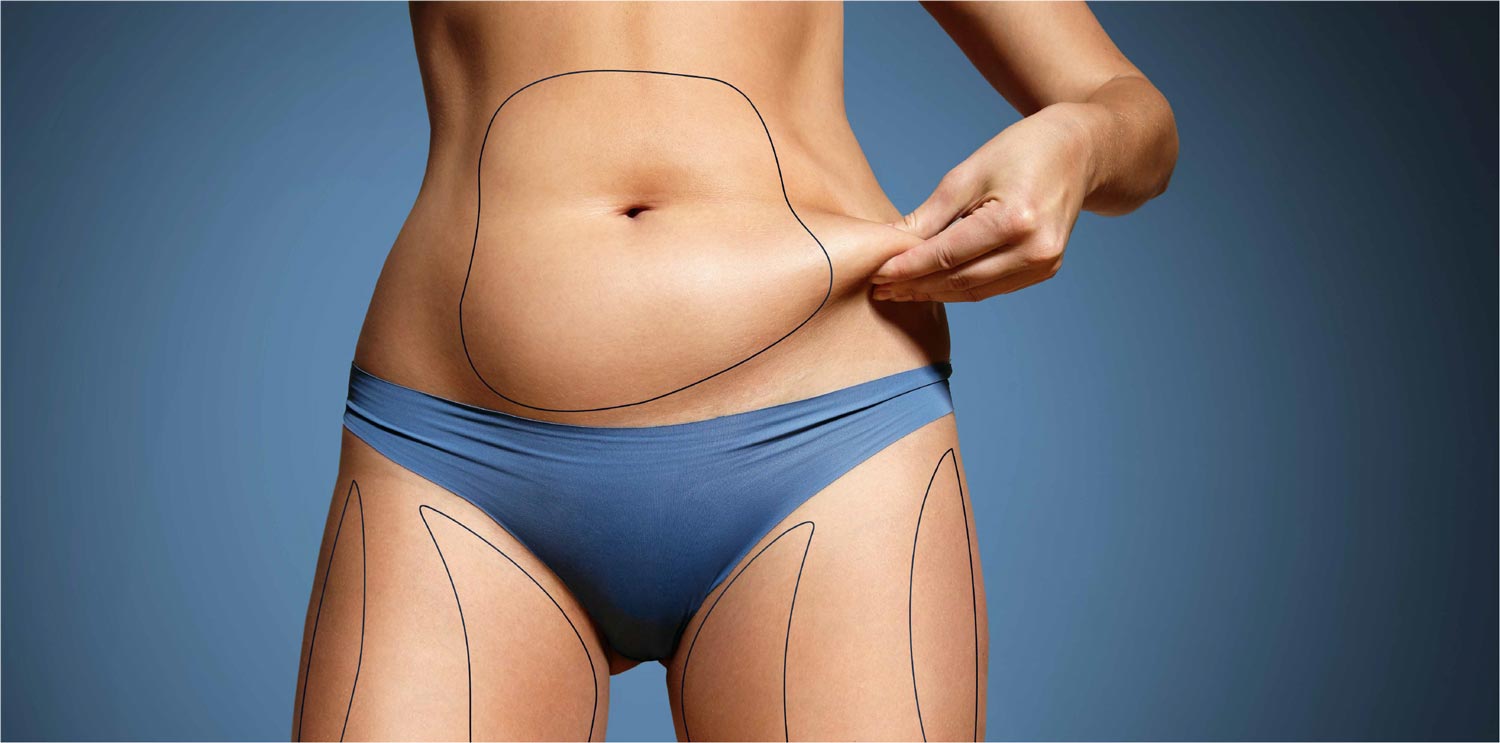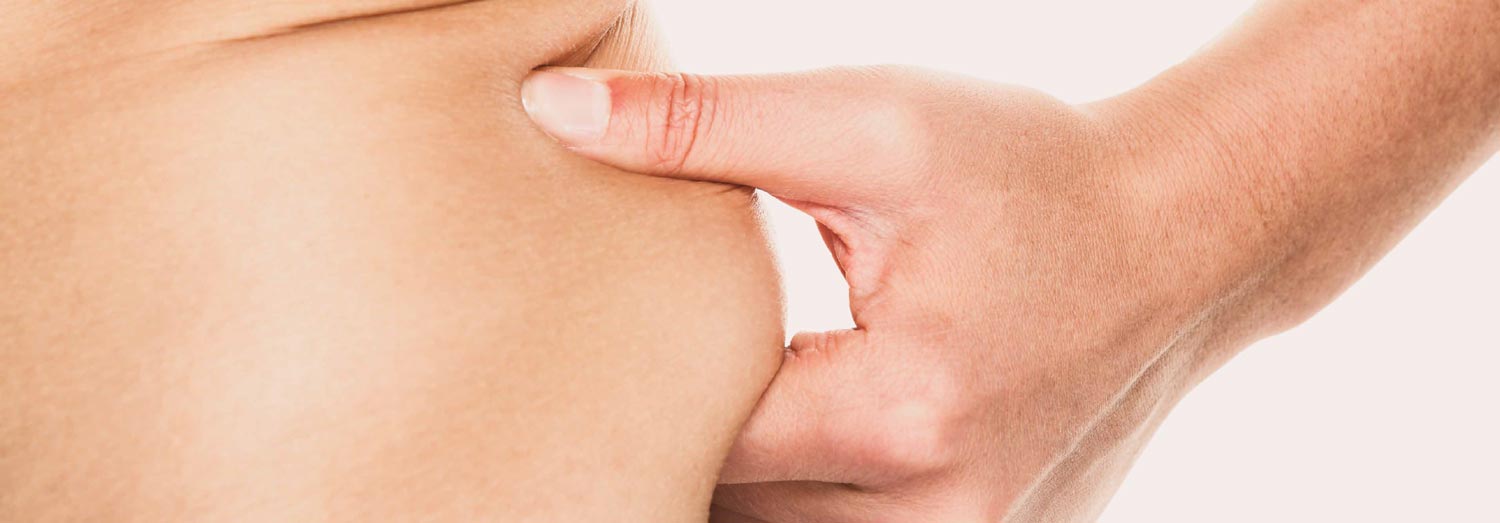
Dr. Shahram is a fellow of The European Board of Plastic, Reconstructive and Aesthetic Surgery (EBOPRAS) and a Member of the Royal College of Surgeons in Ireland (MRCS). He is on the Specialist Register of The General Medical Council in the United Kingdom and EEKH in Hungary for plastic surgery and general surgery. He is licensed with DHA and DHCC in UAE as Specialist Plastic Surgeon.

Abdominoplasty surgically removes the excess skin and fat that lies between the umbilicus and the overhanging skin (or to a cesarean scar) from the abdominal area. Depending on the needs of the patient, the muscles of the abdominal wall are tightened. The incision is a half-moon shape (length is dependent on the mass of skin and fat to be removed).
Approximately two to four hours.
Most commonly patients are placed under general anaesthesia. This procedure can also be performed with a regional nerve block obtained with local anaesthetic agents.
Either is possible and depends on the patient’s health and the doctor’s preference.
Temporary discomfort, low back pain, post-operative swelling, soreness or tenderness in the surrounding areas, numbness of abdominal skin and bruising are possible side effects.

Infection, bleeding under the skin flap or at the incision site, pulmonary embolism (a blood clot that travels to the lung), scarring (keloids), delayed healing, or the need for a second reversionary operation are potential risks, enlargement of the scar.
The patient may return to work within two to four weeks. Upon re-evaluation by the physician, the patient may return to activity that is more strenuous after approximately four to six weeks. Scars should fade and flatten anywhere from three months to one year after surgery. Patients are asked to wear a body girdle for at least four weeks.
The result will last many years, unless the patient gains weight or becomes pregnant.

Abdominoplasty, commonly known as a tummy tuck, is a surgical procedure aimed at removing excess skin and fat from the abdomen and tightening the muscles of the abdominal wall. Ideal candidates are those in good physical health, at a stable weight, who have realistic expectations, and are troubled by a protruding abdomen that does not improve with diet and exercise.
Recovery from an abdominoplasty varies by individual but generally includes a period of rest and limited activity to ensure proper healing. Most patients can expect to take two to four weeks off from work, avoid strenuous activities for six weeks, and wear a supportive abdominal garment. Pain, swelling, and bruising are common, but these symptoms gradually improve over the first few weeks.
The results of an abdominoplasty can be long-lasting, provided you maintain a stable weight and follow a healthy lifestyle. Changes in weight, aging, and pregnancy can affect the surgery's outcome, so it's recommended to undergo the procedure once you've finished having children and are at a stable weight.
Yes, Dr. Shahram Sajjadi often combines abdominoplasty with liposuction to enhance the contouring effects of the surgery. This combination allows for the removal of excess fat, skin tightening, and muscle repair in one procedure, providing a more comprehensive improvement to the abdominal profile.
Dr. Shahram Sajjadi is renowned for his meticulous approach to abdominoplasty, combining advanced surgical techniques with an artistic vision to achieve natural-looking, harmonious results. His dedication to patient care, attention to detail, and the use of the latest technology set him apart as a leading surgeon for abdominoplasty in Dubai.
Complete the form below to arrange your consultation.
We respect your privacy. We never share your information with third parties.